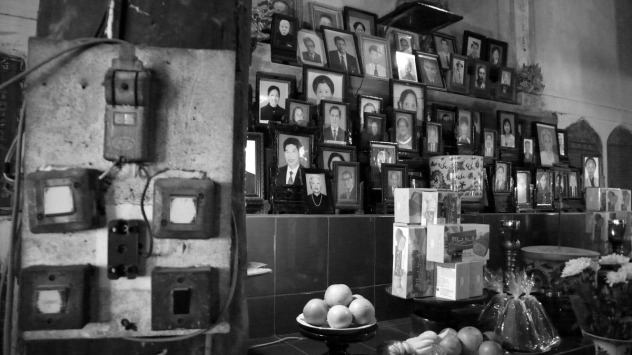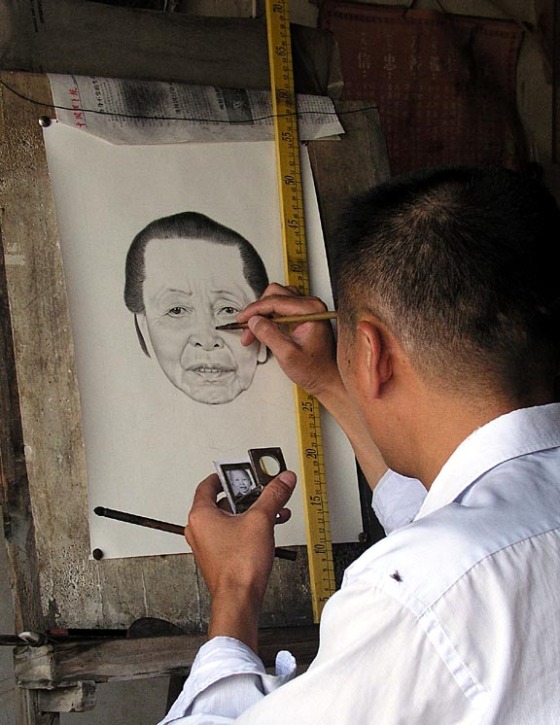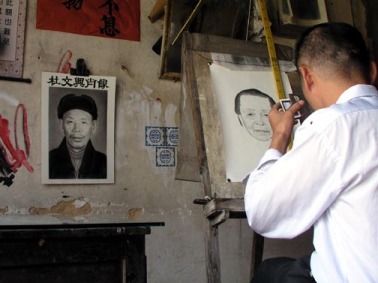Greetings,
It feels wonderful to be in Luang Prabang with new language, music and energies. Very refreshing cool temps.
It is high season. Luang is on the tour circuit for backpackers, lots of French and the odd super anxious German. Lots of elderly folks exploring their planet using canes. Tribes of noisy young white people walk down streets drinking beer and ride bikes without shirts and many foreign women think they're on a beach.
Camera happy snappers. Similar to all those crazy folks at Angkor feeling the experience with their digital.
Hoards of snapping tourists focus on orange rows of meditative monks at dawn receiving alms from locals and the extensive golden and red hued wats or pagodas. Architecture. Soaring wings. Lines of small alleys and wooden homes. Plentiful gardens.
Mix in the reserved Japanese and super rude pushy and arrogant Chinese and everyone's happy. Babble tongues.
It is a small world heritage city surrounded by mountains and bisected with two rivers. The Mekong flows strong. I move like a river.
Initial impressions: the Lao are more laid back than the Cambodians. They don't speak loud or yell. No whining and crying children. They don't hassle visitors. They smile. They are gentle people with a deep spiritual life. Serene.
Population density: Lao 6 million, Cambodia 14, Vietnam 85.

The night market rolls with lights, merchandise, food, and souvenirs. People watching.
Textiles are huge in Laos; lovely silks with animistic and natural designs - peacocks, birds, fish, rivers, protector dieties, ancestor worship, woven Buddhist prayer flags. Traditional values and motifs. Visual woven stories.
Hand made paper is an integral part of their life. The art of paper, making paper, using paper, honoring paper, community and family paper, painting and writing. Burning paper, making offerings.
All the Lao girls and women wear a sarong. Delightful and soft. Art, culture and life.
Metta.
Traditional Arts & Ethnology Center, Luang Prabang, Laos. http://www.taeclaos.org/








 Share Article
Share Article 





